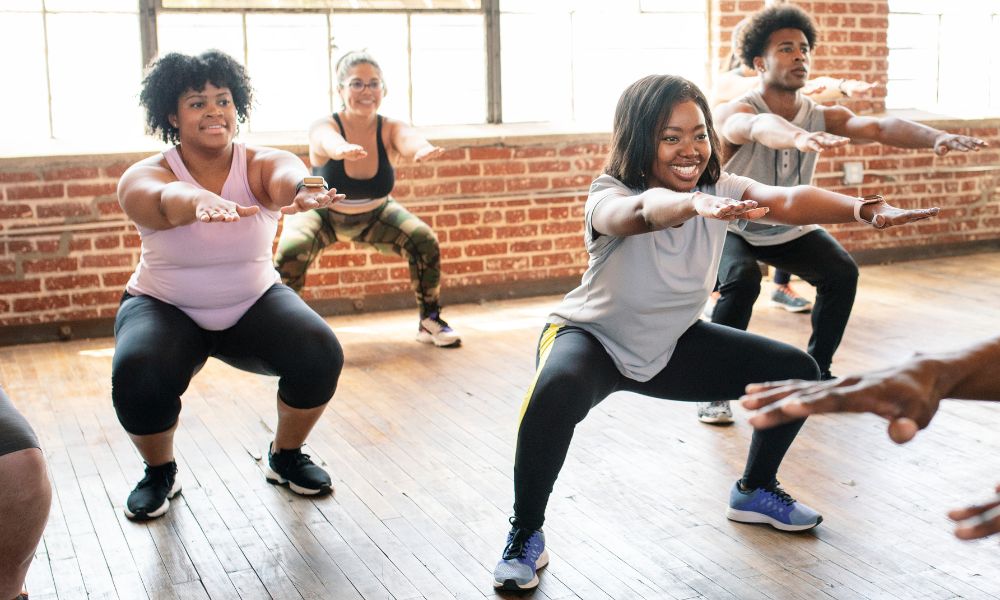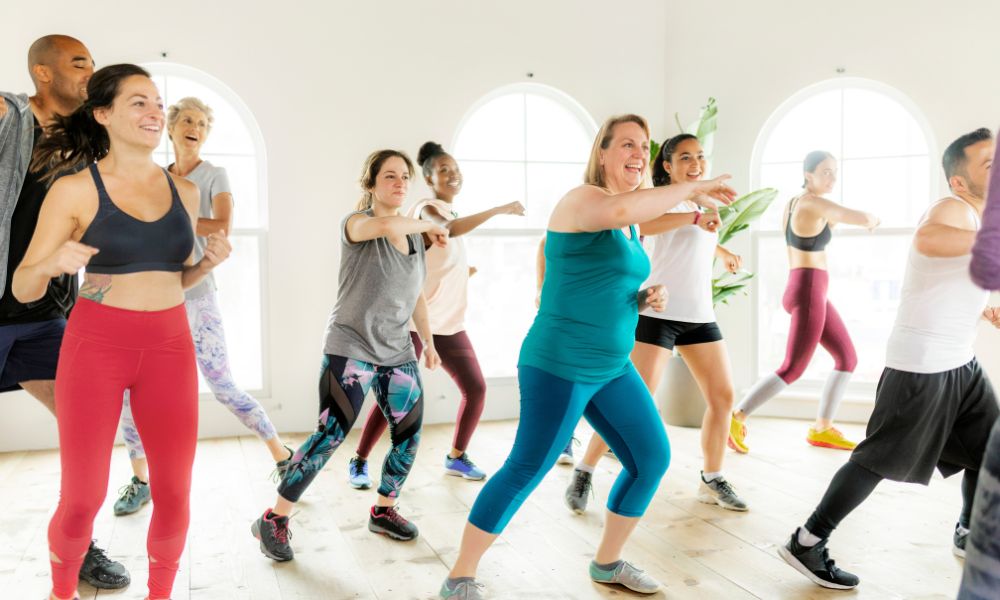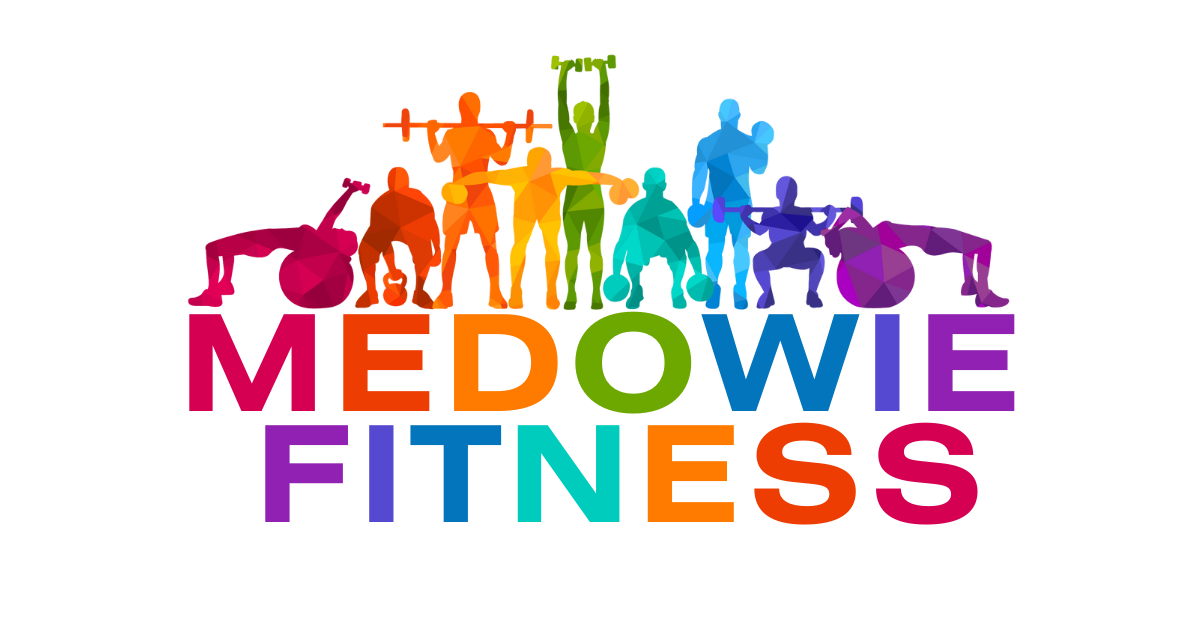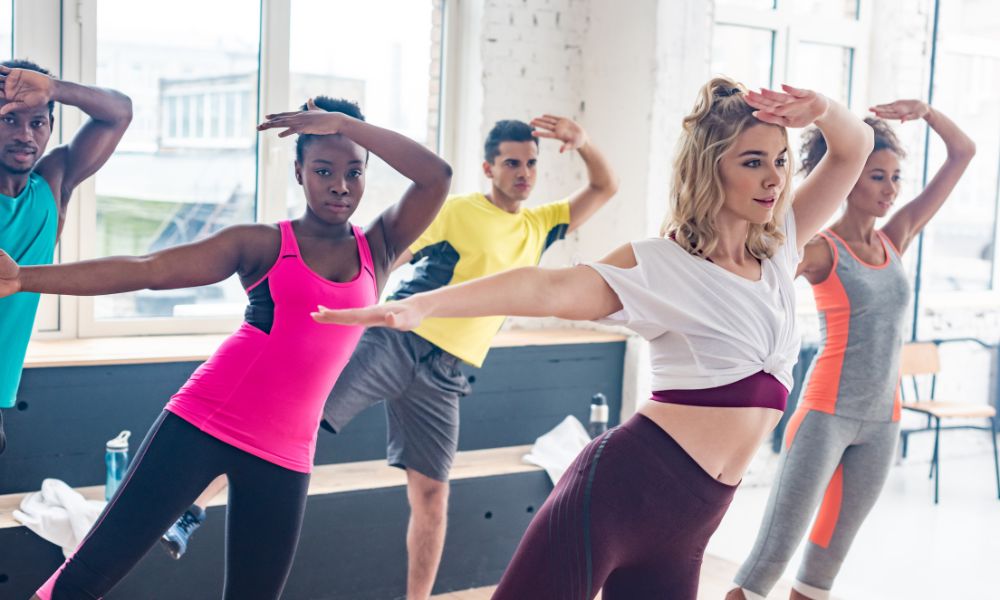Finding the perfect workout can be a real mission, right? Many of us are on the hunt for something that’s not just a good laugh but also packs a punch when it comes to staying in shape.
If you’re nodding along, then you’re in good company. We’ve been down that same road, scouring far and wide for an exercise routine that doesn’t feel like pulling teeth.
Lucky for us, our search eventually uncovered the lively world of Zumba—a dance fitness sensation that brings together Latin-inspired beats with moves designed to melt those calories away.
Originating from Colombia back in the 1990s, did you realise Zumba has now taken off around the globe? Our deep dive into its history sheds light on how it went from an accidental dance class mishap to a worldwide fitness phenomenon.
This blog will take you through Zumba’s evolution from its humble beginnings to today’s global success as an inclusive and dynamic way to stay fit. Keen for a bit of a yarn through Zumba history?
Key Takeaways
- Zumba started in Colombia during the 1990s as a fun mix of Latin dance and aerobic exercise. It mixed salsa, meringue, reggaeton, and more to create workouts.
- The workout quickly became popular around the world for its lively music and moves. People everywhere began joining Zumba classes to get fit while having fun.
- Over time, Zumba added different global dance styles like hip – hop and flamenco. This made the classes even more exciting and diverse.
- Today’s Zumba includes dances from many cultures but keeps its Colombian roots with cumbia and salsa influences. It offers a full-body workout that improves health and endurance.
The Roots of Zumba
Zumba has Latin American origins and is inspired by Latin dance and music. It incorporates traditional dance
styles like Salsa, Meringue, and Reggaeton.
Latin American origins
Zumba has its roots deeply planted in Latin American culture, combining energetic Latin music with unique dance moves. It all started in Colombia, where fun meets fitness, creating a lively cardio workout that feels more like a dance party than an exercise session.

We embrace salsa, meringue, reggaeton, and other Latin-inspired dance styles that make every Zumba class feel vibrant and inclusive.
Our classes draw from the rich traditions of Colombian fitness and aerobic dance. By fusing these elements, we’ve developed a Latin-inspired workout that’s not just about shedding calories; it’s about expressing joy through movement.
The blend of fast-paced rhythms and choreographed dances offers an exhilarating experience for anyone looking to spice up their routine while staying active.
Latin-inspired dance and music
Latin-inspired dance and music form the core of Zumba, incorporating energetic choreography with a fusion of Latin rhythms. The workout routine blends various styles like salsa, merengue, cumbia, reggaeton, and samba to create an invigorating cardio dance experience set to catchy Latin beats.
This lively dance fitness class is underpinned by Colombian culture and has evolved into a dynamic group fitness programme that engages enthusiasts with its vibrant blend of Latin music workouts and aerobics.
The ever-evolving Colombian influence infuses the routines with tailored Latin dance styles that keep the workout dynamic and exciting.
The roots of Zumba lie in its unique approach to aerobic exercise – not only seeking more than just a traditional cardio session but designed to enhance fitness through engaging dance exercises inspired by Latin music.
How Zumba Evolved
Zumba evolved by incorporating various dance styles and gaining worldwide popularity. Its roots in Latin America led to the integration of diverse cultural influences, shaping it into the dynamic fitness program it is

today.
Incorporation of other dance styles
Zumba has evolved by embracing a diverse range of dance styles.
The incorporation of salsa, merengue, flamenco, reggaeton and hip-hop adds excitement and variety
to the workout. This fusion not only keeps the routines engaging but also offers an opportunity for participants to explore new rhythmic movements and cultural influences, making each session dynamic and fun.
Moreover, the incorporation of other dance styles has broadened Zumba’s appeal worldwide. By integrating elements from various global dance traditions, it caters to different preferences and encourages a sense of inclusivity in fitness activities.
Popularity and growth worldwide
As Zumba evolved, it quickly gained popularity worldwide. Its vibrant and high-energy dance routines attracted people from diverse cultures and ages. In recent years, Zumba has become a fitness sensation, with classes offered in numerous countries across the globe.
The infectious rhythm and fun workout have made it a staple in the ever-evolving world of fitness trends.
Zumba Today
Zumba today offers a comprehensive fitness program that includes various dance styles, incorporating Colombian influence. The workout is designed to enhance physical health and endurance through Latin-
inspired exercise routines.
Fitness programme
The Zumba fitness programme offers a dynamic and fun way to stay active, combining Latin-inspired dance with cardio exercise.
It includes various dance styles, such as salsa, merengue, and reggaeton, providing a full-body workout while enjoying energetic music.

The Colombian influence in the routines adds authenticity and excitement to the experience.
This engaging workout not only enhances cardiovascular health but also boosts coordination and flexibility. It’s designed for anyone seeking more than just a traditional exercise routine; it’s a vibrant way to have fun while staying fit and healthy!
Various dance styles included
Zumba incorporates a wide variety of dance styles, including salsa, merengue, cumbia, reggaeton, and hip-hop. These diverse influences create an energetic and dynamic workout that keeps participants engaged and excited.
The fusion of different dance genres in Zumba classes allows for a full-body cardio workout while learning new moves and enjoying upbeat music.
In addition to the Latin-inspired dances at its core, Zumba also integrates international rhythms like flamenco, belly dancing, and samba. This blend adds cultural richness to the fitness program while providing an effective way to improve cardiovascular health and coordination through fun and engaging routines.
Colombian influence
Colombian influence has heavily shaped Zumba, with the energetic dance styles of cumbia and salsa playing a significant role. The fast-paced footwork and rhythmic hip movements of these traditional Colombian dances infuse Zumba routines with vibrant energy and excitement, making it an exhilarating workout experience that captivates participants.
Additionally, the infectious beats of Colombian music add depth and authenticity to the overall Zumba programme, creating a dynamic fusion of fitness and cultural celebration that keeps enthusiasts engaged throughout their Latin-inspired exercise sessions.
Charting Zumba’s Dance-Fitness Journey
Zumba has evolved from its Latin American roots by incorporating various dance styles and expanding worldwide. Today, it offers a diverse fitness program with Colombian influences and an array of dance styles.
Have you considered how Zumba can enhance your workout routine? With its practical approach and efficient results, it’s time to give it a try! How do you envision implementing Zumba into your exercise regimen? The impact of this ever-evolving fitness phenomenon can lead to significant improvements in your overall wellness.
Ready to embark on a journey towards better fitness through the dynamic world of Zumba?




